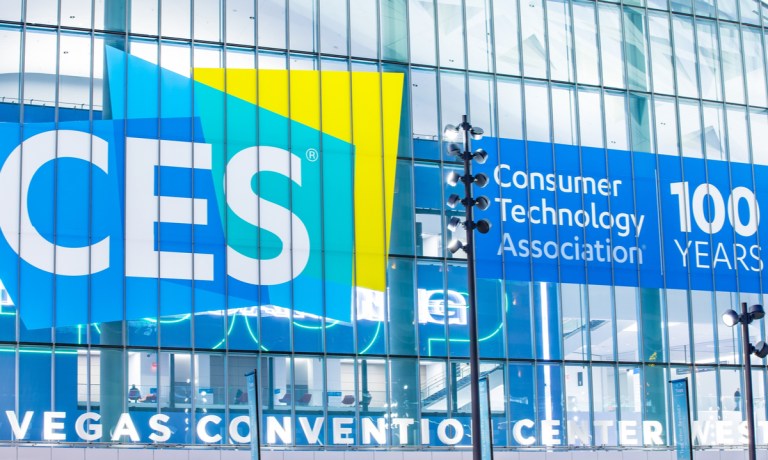
CES 2024 was more than an occasion to introduce new gadgets, robots and artificial intelligence (AI)-driven product development. Turns out that marketers want to play in the AI sandbox as well, and CMOs turned out in force in Las Vegas to share ideas and discuss its benefits to consumers.
“We’re in a unique position as a company that’s actually invented and commercialized AI technology for the last 10 years as an enterprise deploying AI technologies, especially in the advent of generative AI across the enterprise,” said Qualcomm CMO Don McGuire.
“We’re deploying AI for use in both developing code and testing code. Our engineers are using it from a chatbot perspective and we’re continuing to experiment and deploy new tools on the marketing side, starting with the creative process, and we’ve been bringing in tools to help accelerate, expand and enhance our creative process.”
McGuire believes that marketers are just warming up to AI a useful tool for better understanding consumers. Qualcomm has recently announced its Hybrid AI strategy, which distributes processing between the device and cloud and enables what it calls on-device AI processing. Cutting across mobile and PCs, on-device processing is being touted as a consumer-data gathering technology. Qualcomm is betting consumers will embrace privacy, security, immediacy, enhanced reliability, and lower cost for devices as a result of AI.
Like most of the CMOs who participated in CES sessions, McGuire was cautious about using AI as an advertising targeting tool, which is how most data-driven innovations have manifested for marketers.
For example, language learning platform Duolingo, which was in the news for eliminating jobs as an AI-related casualty this week, has used AI to increase the utility of the platform for diverse audiences. CMO Manu Orssaud told a panel audience that his company has used data gleaned from marketing campaigns on TikTok to learn more about those audiences. For example, AI-driven data showed that the TikTok audience for Duolingo also over indexed as K-Pop fans.
“Using AI were able to inform the type of content and communities and fandoms that we can tap into as a way to build affinity with new audiences and recruit them as fans on our platform,” Orssaud said.
“Some of that work actually led to some of our most successful components when we sent our mascot to a K-Pop concert, and we saw a lot of engagement from that content.
“AI is an amazing tool to make sense of the amount of data that gets produced every day on social platforms, and we use it in a way that feels tangible and valuable for us to build our content marketing strategy.”
Reddit SVP Mary Ann Belliveau agreed with Orssaud’s contention that AI can help define an audience. It has used AI to recommend new communities and discussion threads for its users, giving the company a deeper understanding of how and why users interact with the platform.
One of the most high-profile uses of AI in marketing as well as product development came from Pfizer, which used AI in developing its recently introduced migraine drug Nurtec.
According to the company’s blog, the development and testing of a new drug creates terabytes of data that can contain additional insights previously not available. Analyzing that data requires the ability to manage that data, and the company has used machine learning to accomplish that.
Pfizer CMO Drew Panayiotou says that the creative for the campaign behind the drug was informed by AI-generated data with the goal of reaching in a more meaningful way the more than 1 billion consumers the company says are plagued by migraines.
“I think generative AI is the greatest help desk ever created,” Panayiotou said. “And it’s going to do two things in the near future. One, it will help people who invent stuff faster, and in our world that scientists are going to be able to develop lifesaving drugs faster, which is awesome.
“The second thing is that AI is going to be the enablement of the ‘robo-marketer.’ You know, we can start doing more ‘what if’ scenarios using AI to optimize campaigns, and then turn that into something that moves beyond just advertising.
“How do I help my customer buy and use my product better? I think we start moving from advertising to a world of doing more for customers, which I think is pretty cool.”